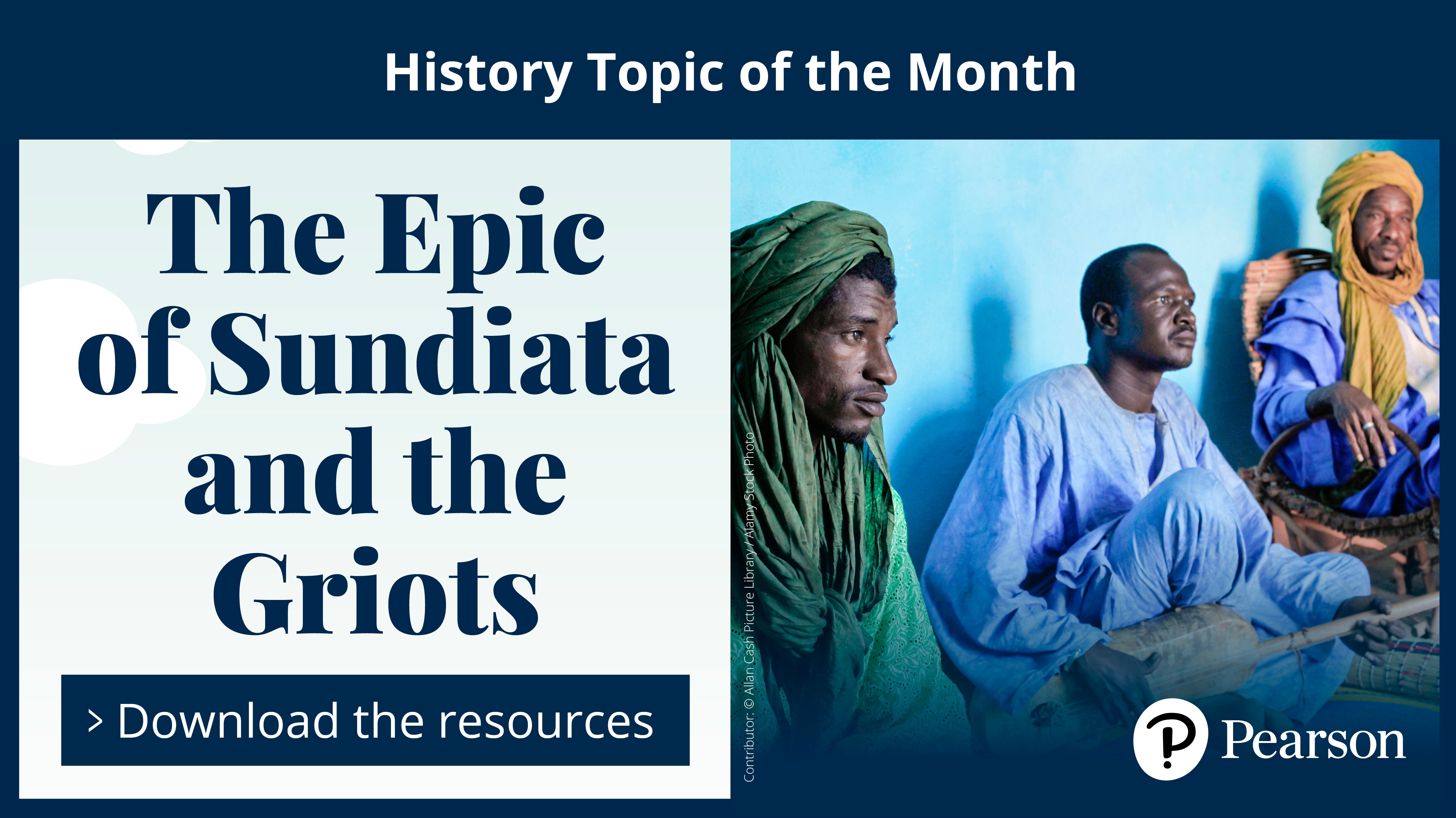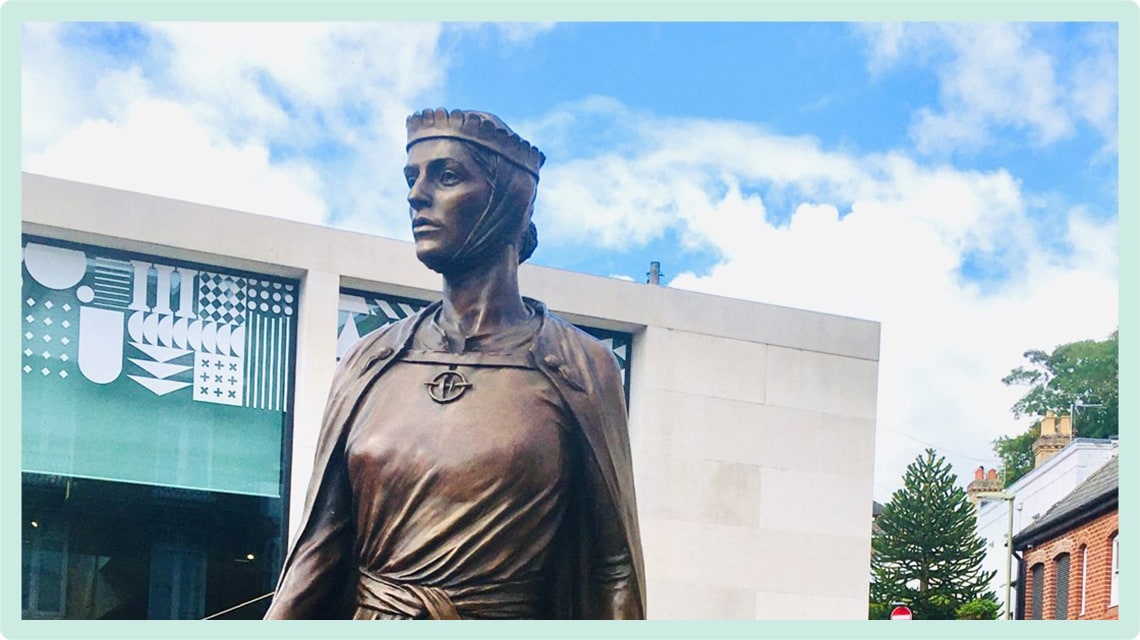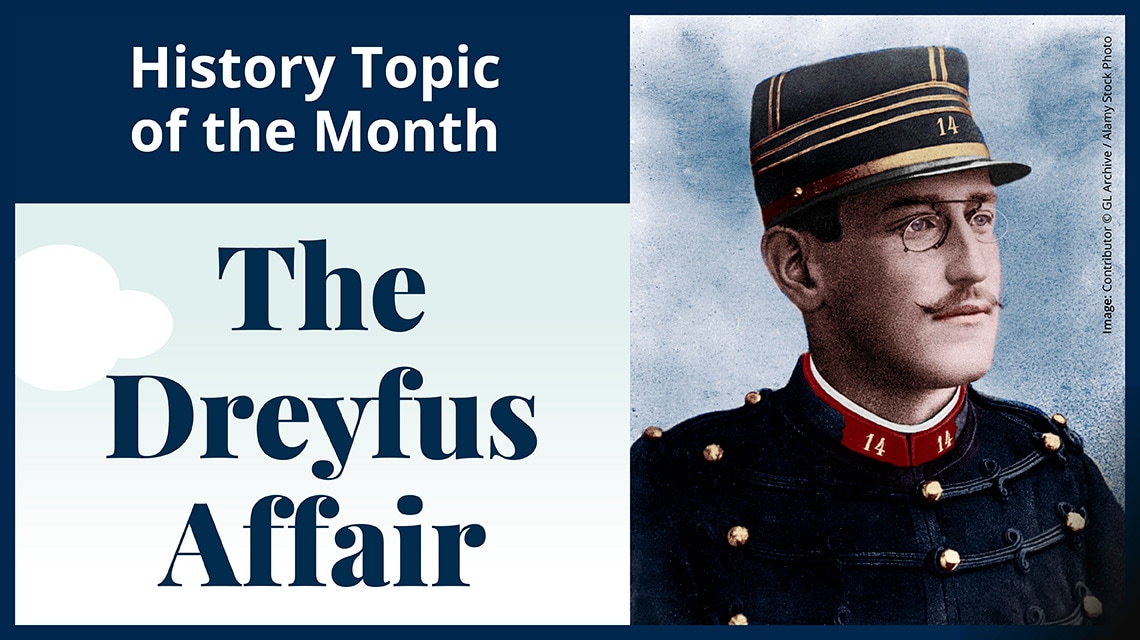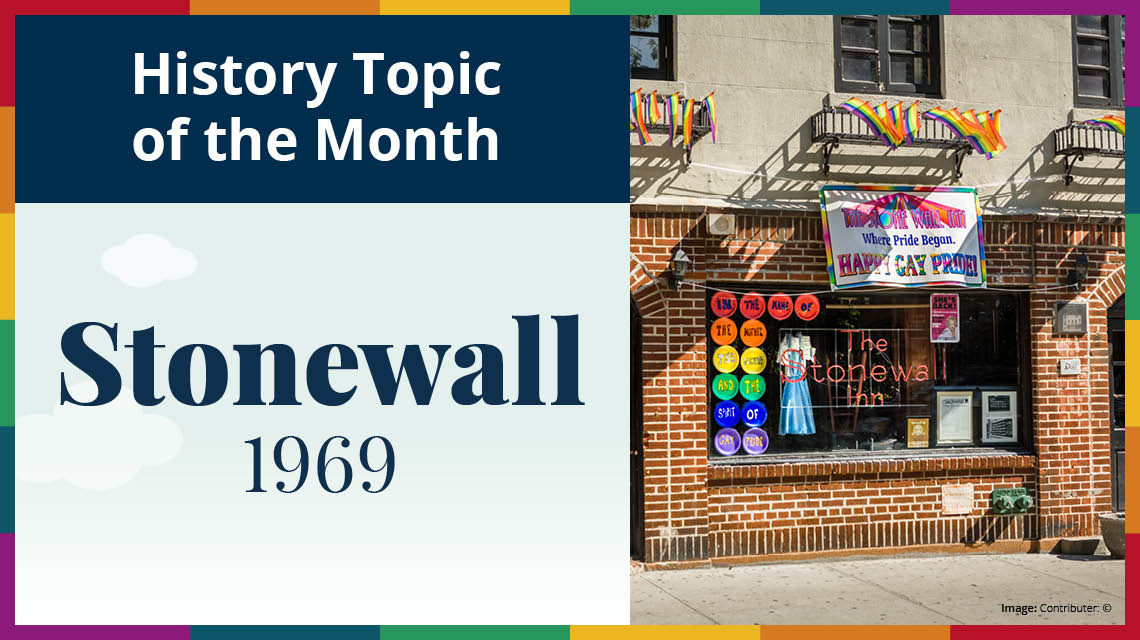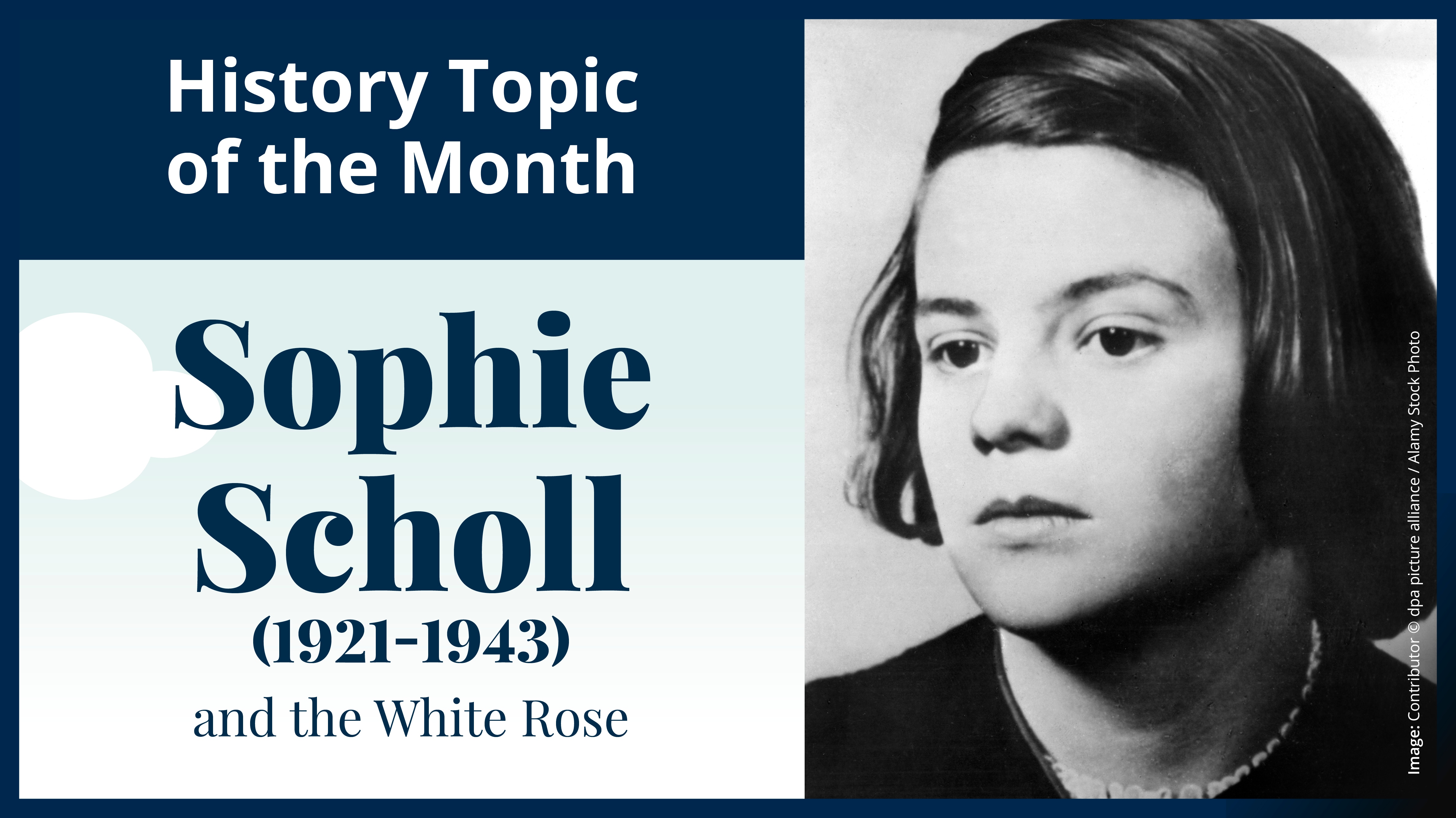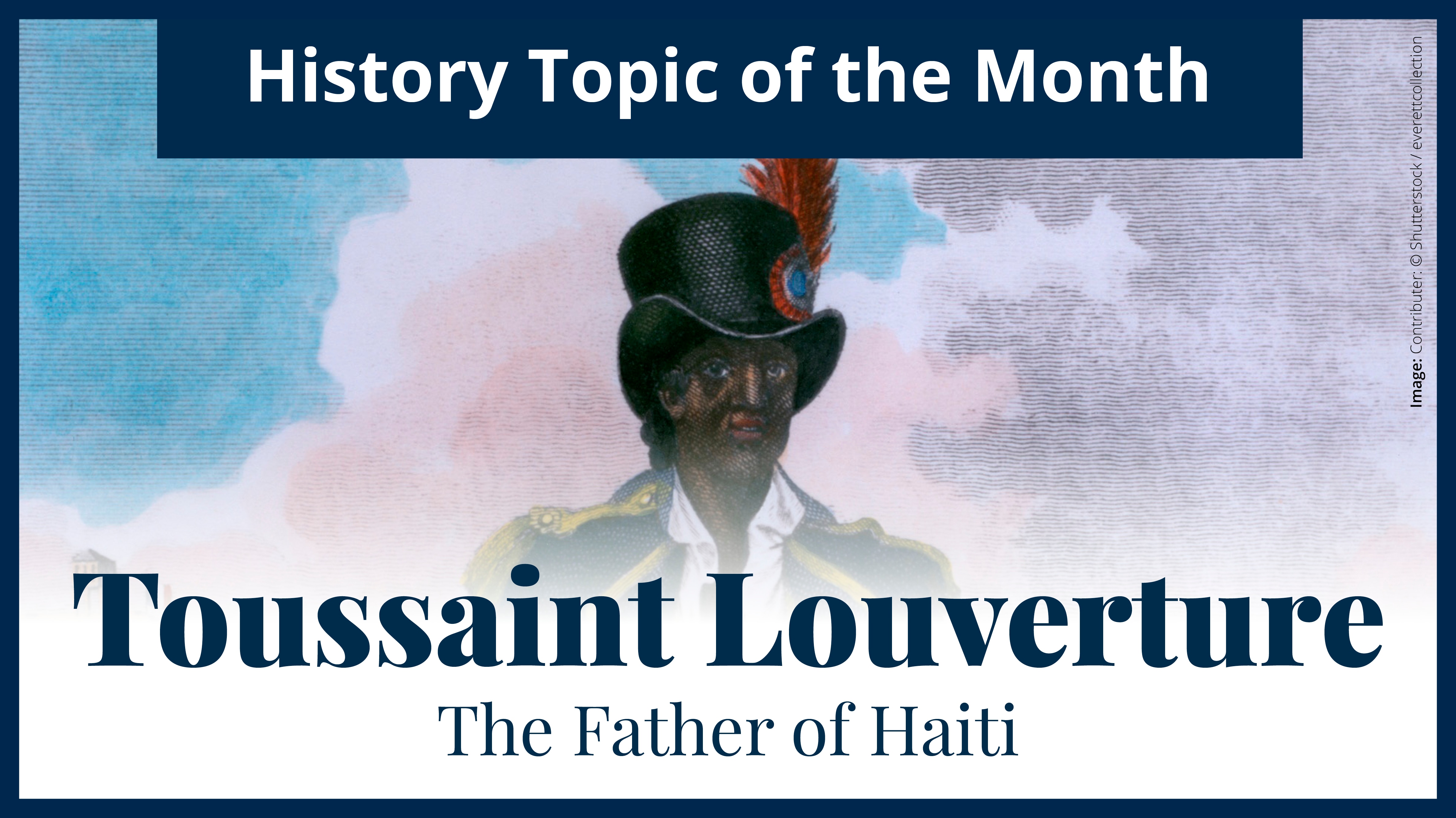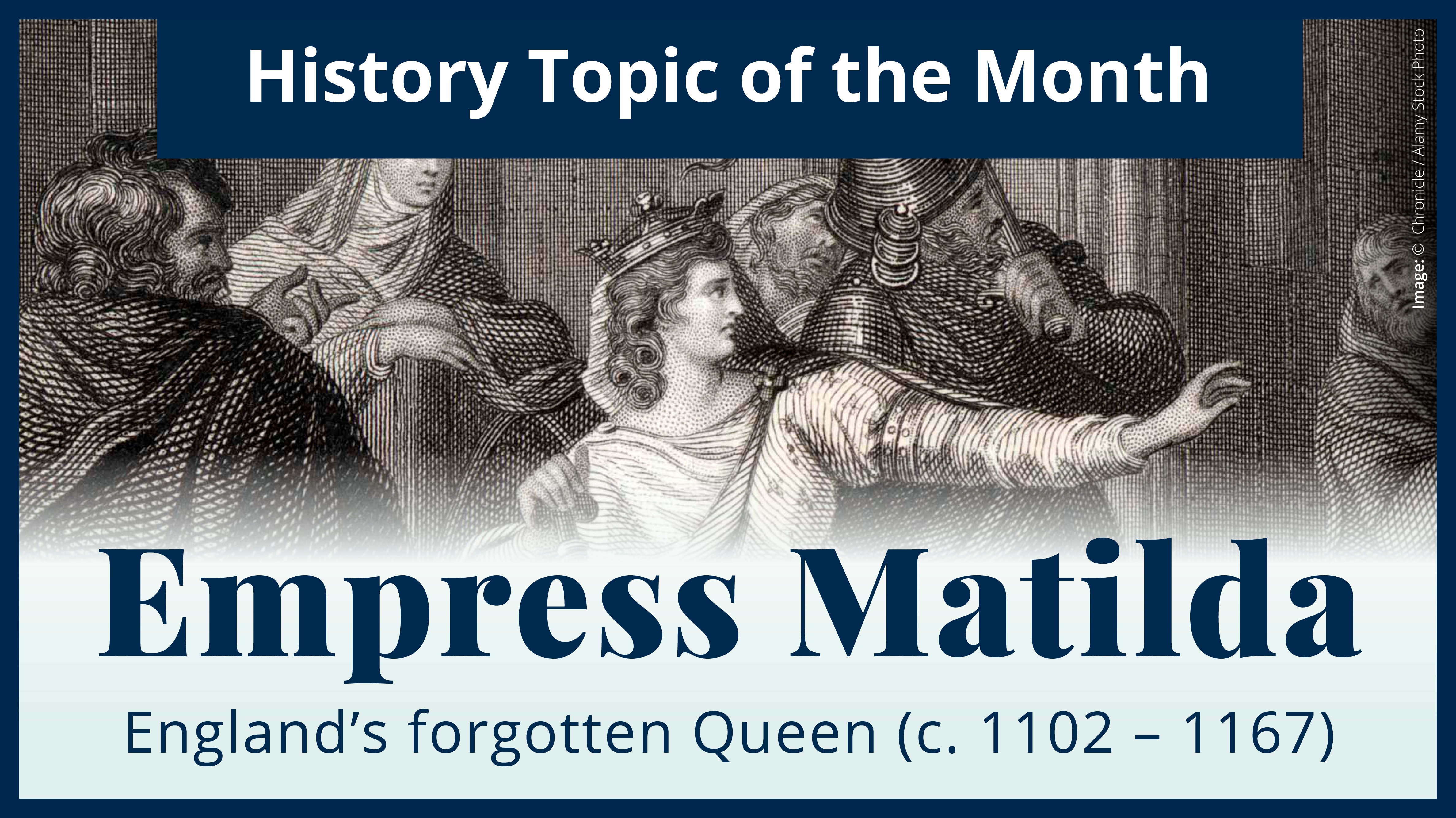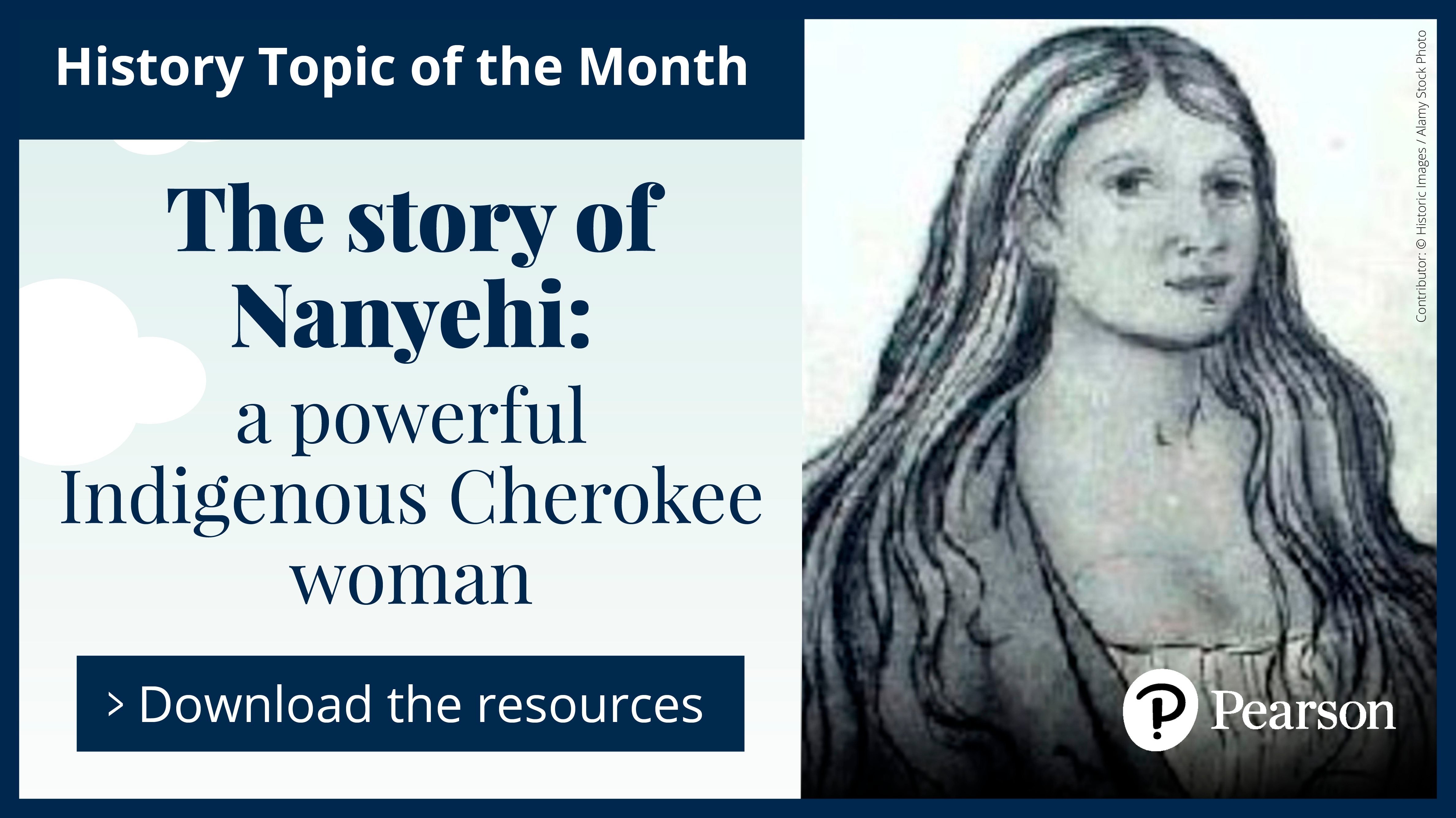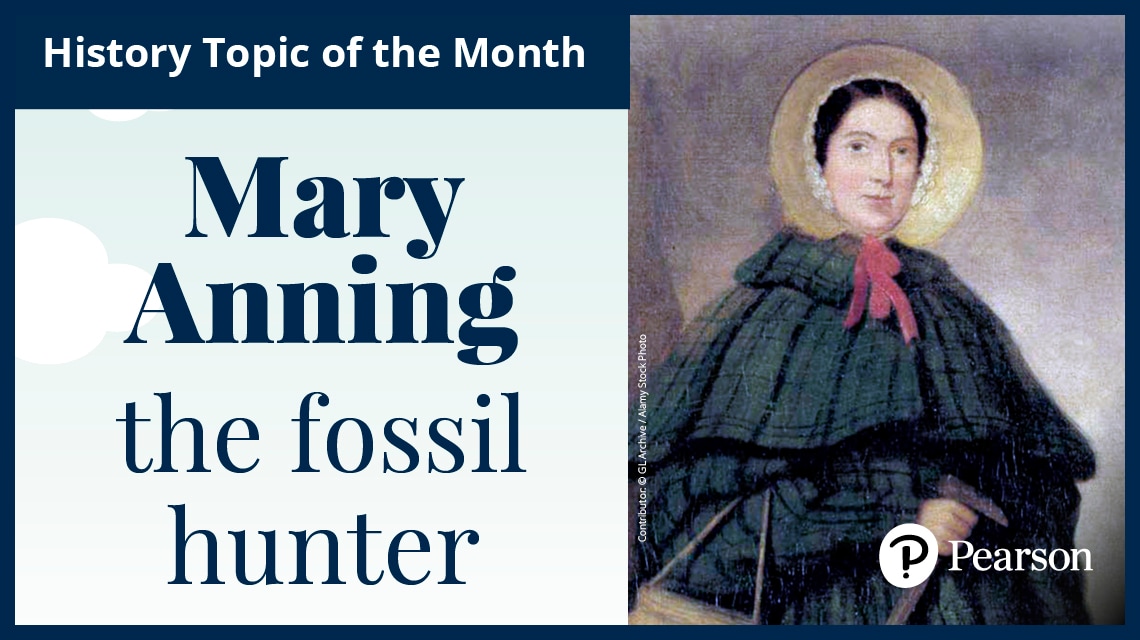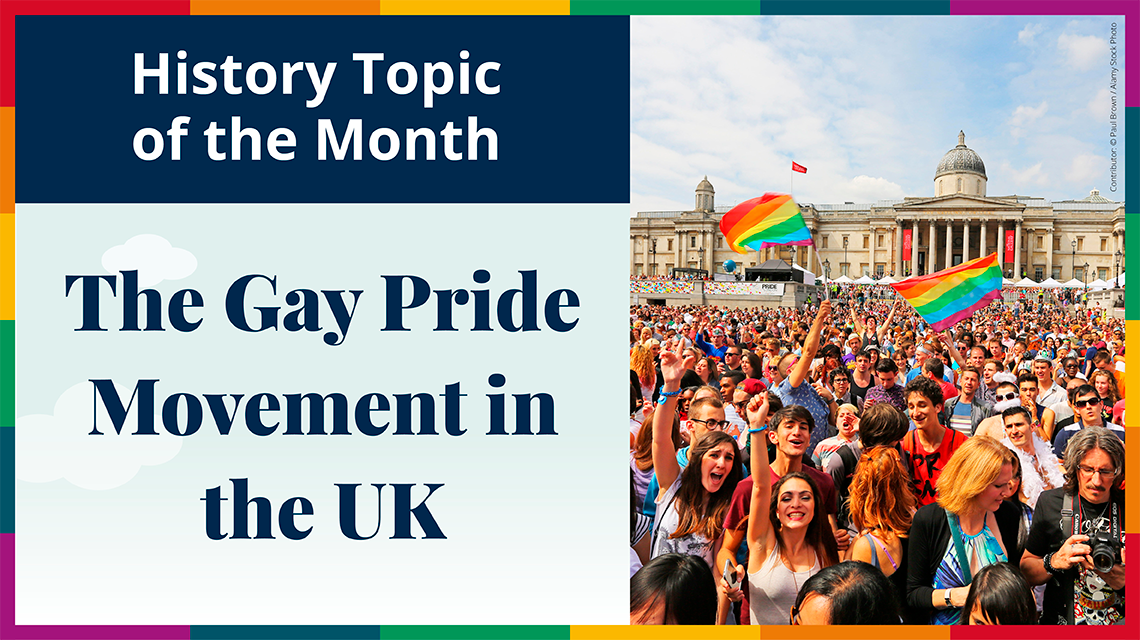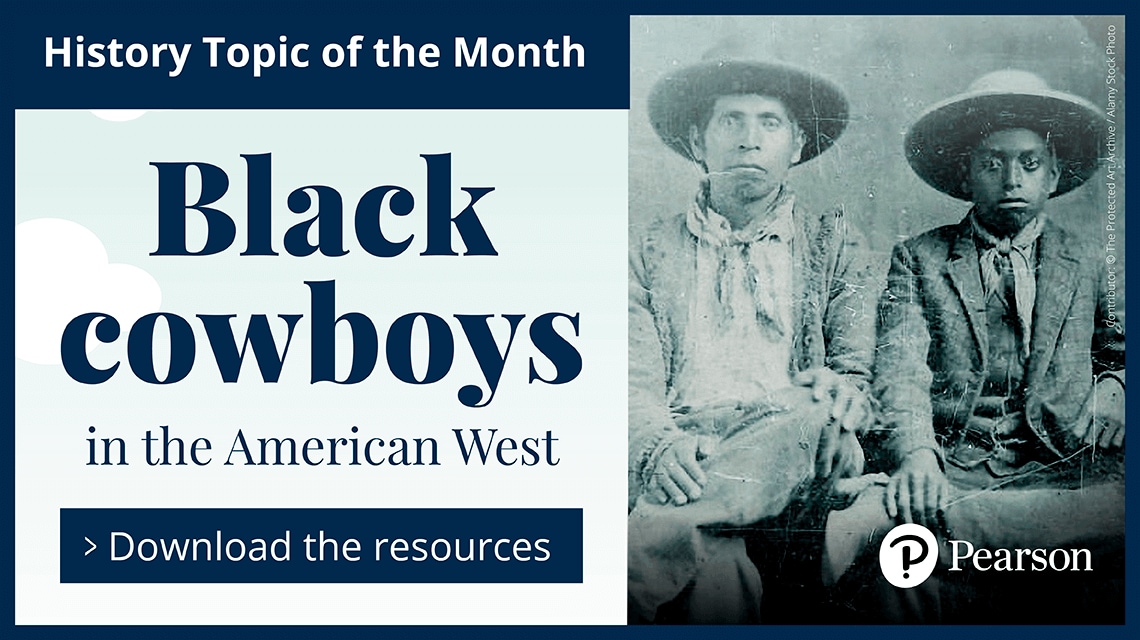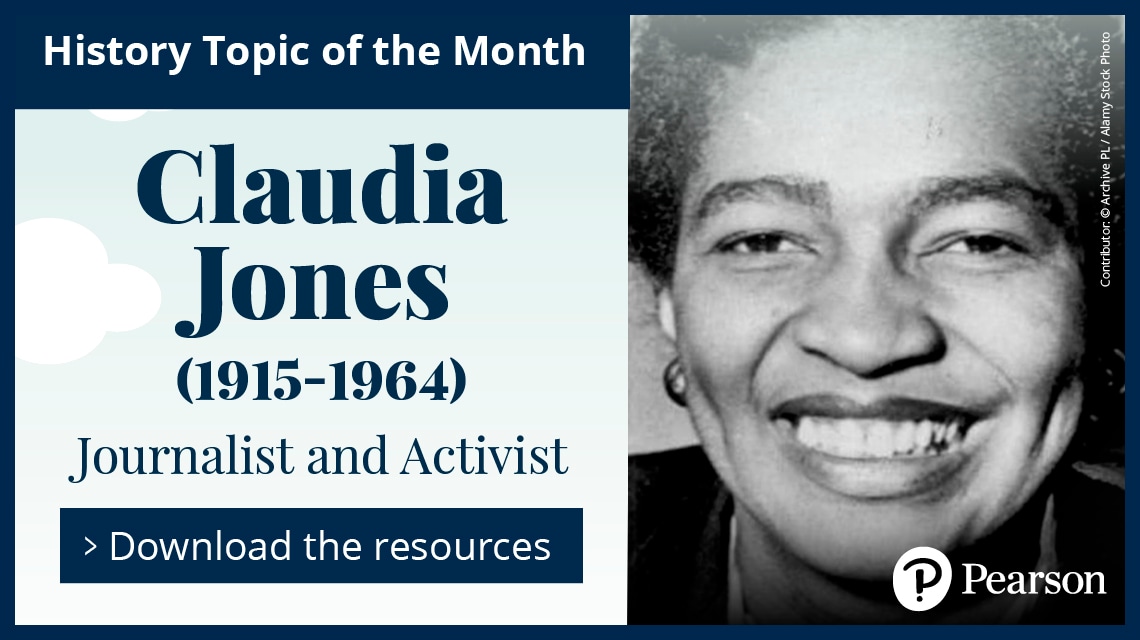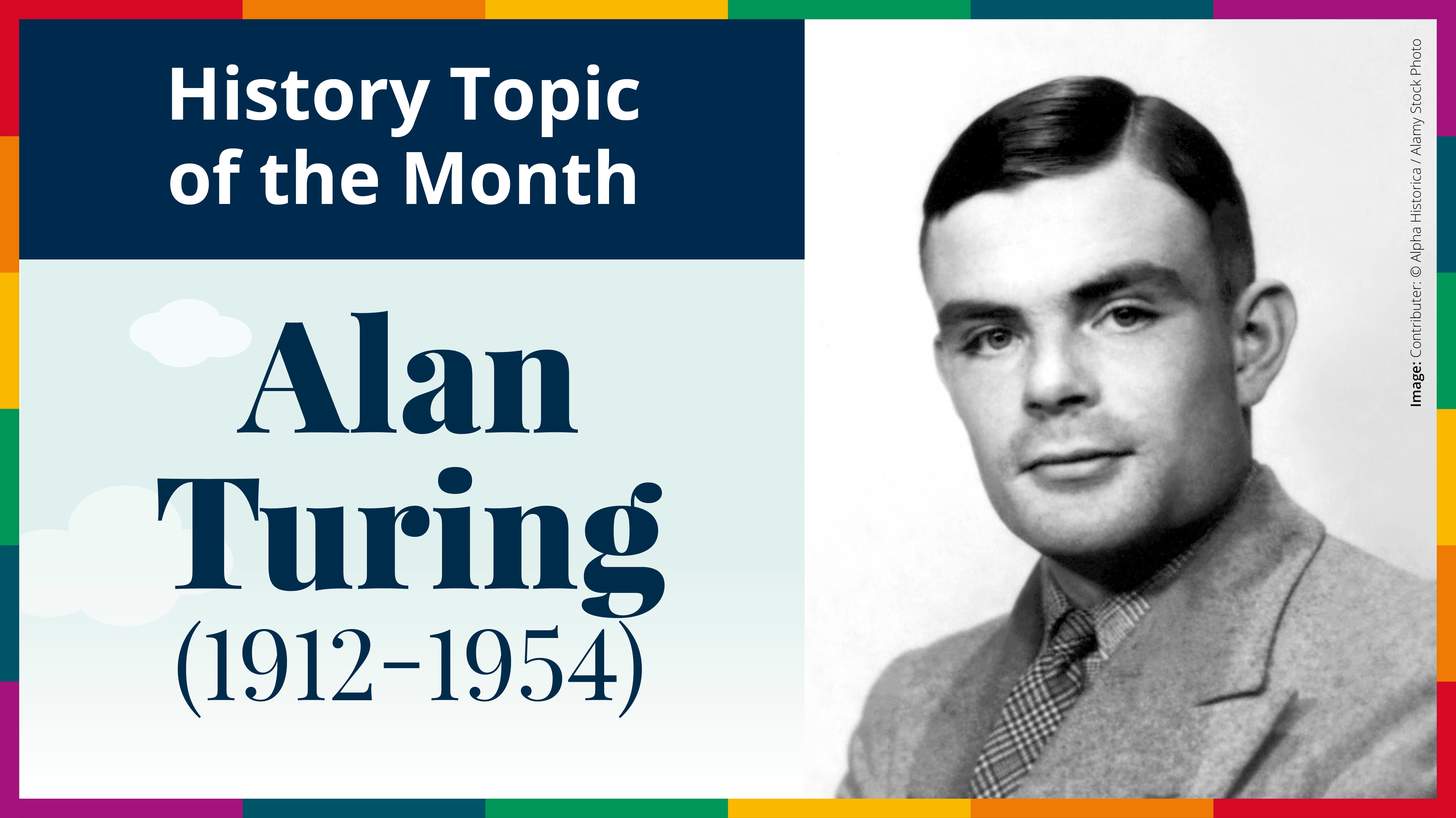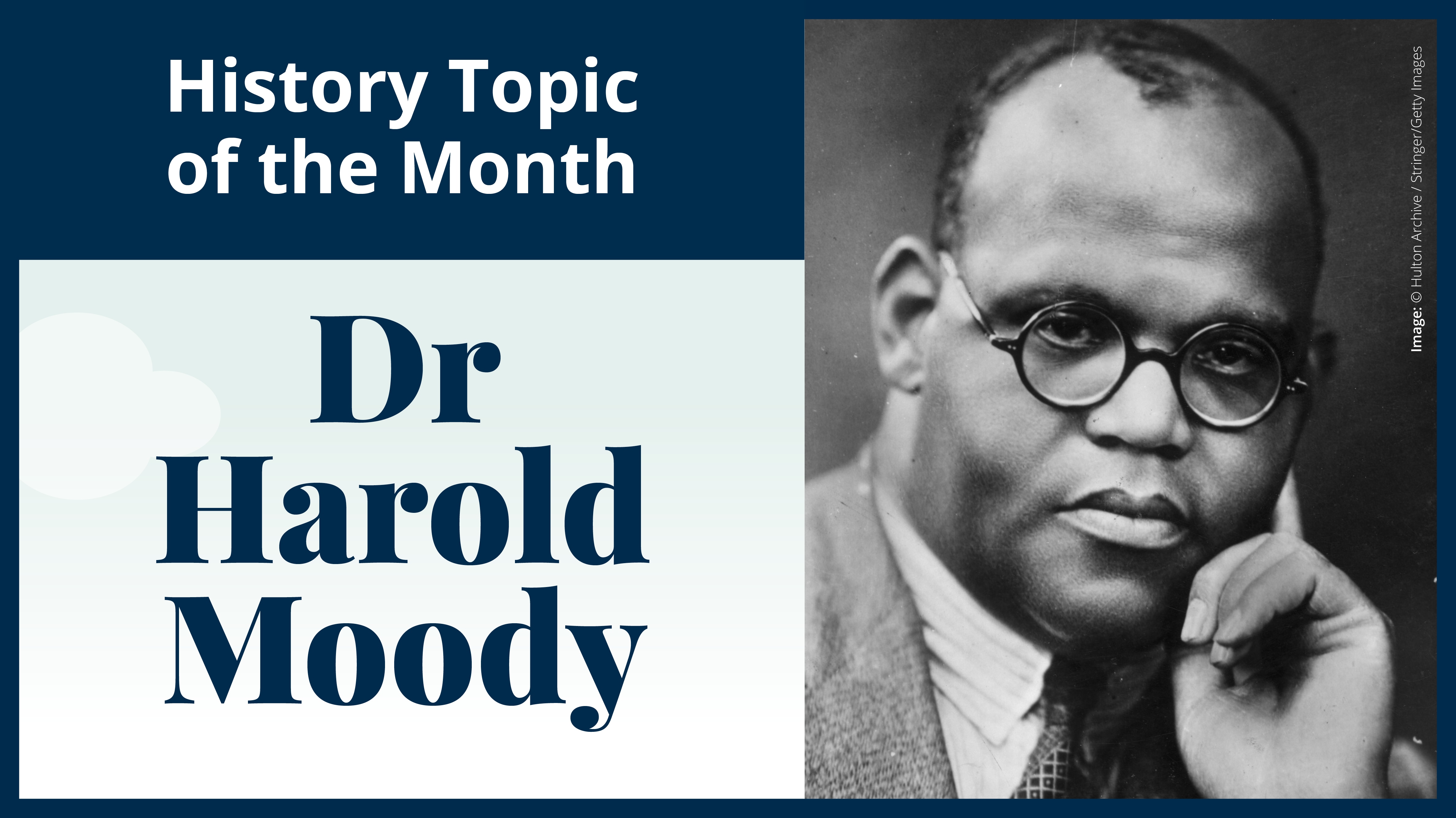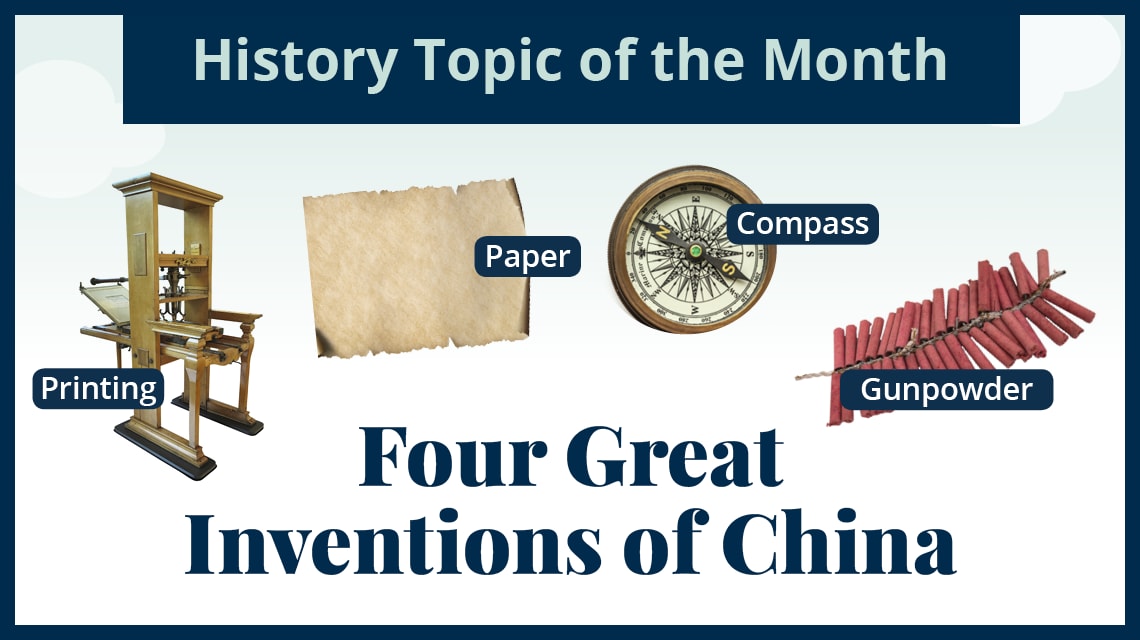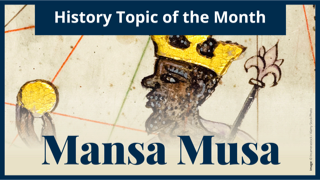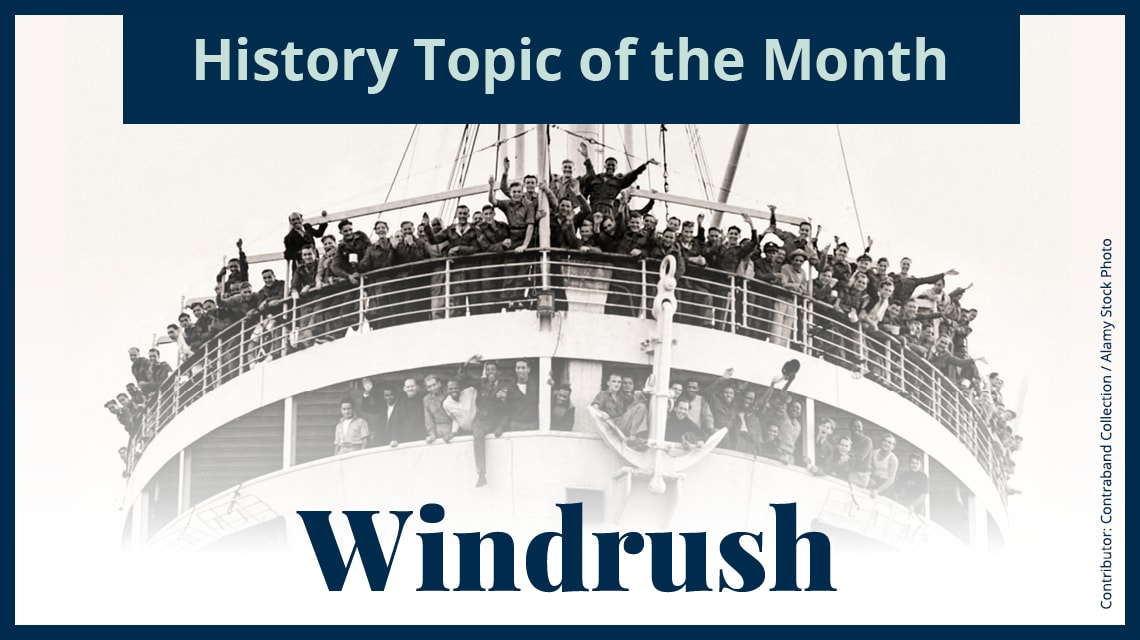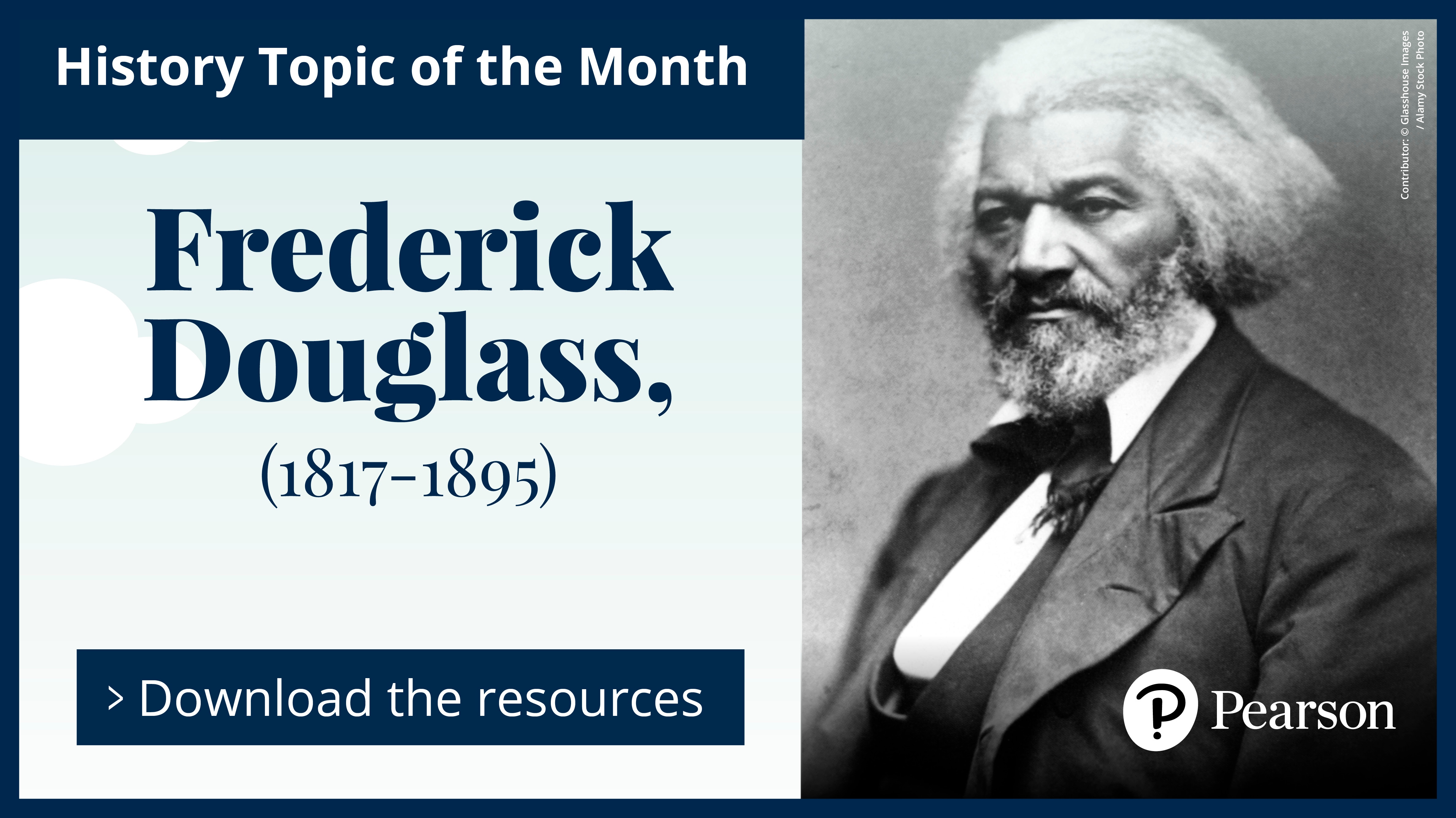History topic of the month
Highlighting significant moments of diversity and inclusion throughout history, this series of topics will help to generate interesting classroom discussion around diversity and inclusion at Key Stage 3.
Download the worksheets featuring information about the topic and discussion questions to help get the conversation going, as well as the posters to decorate your classroom walls.
Featured topics
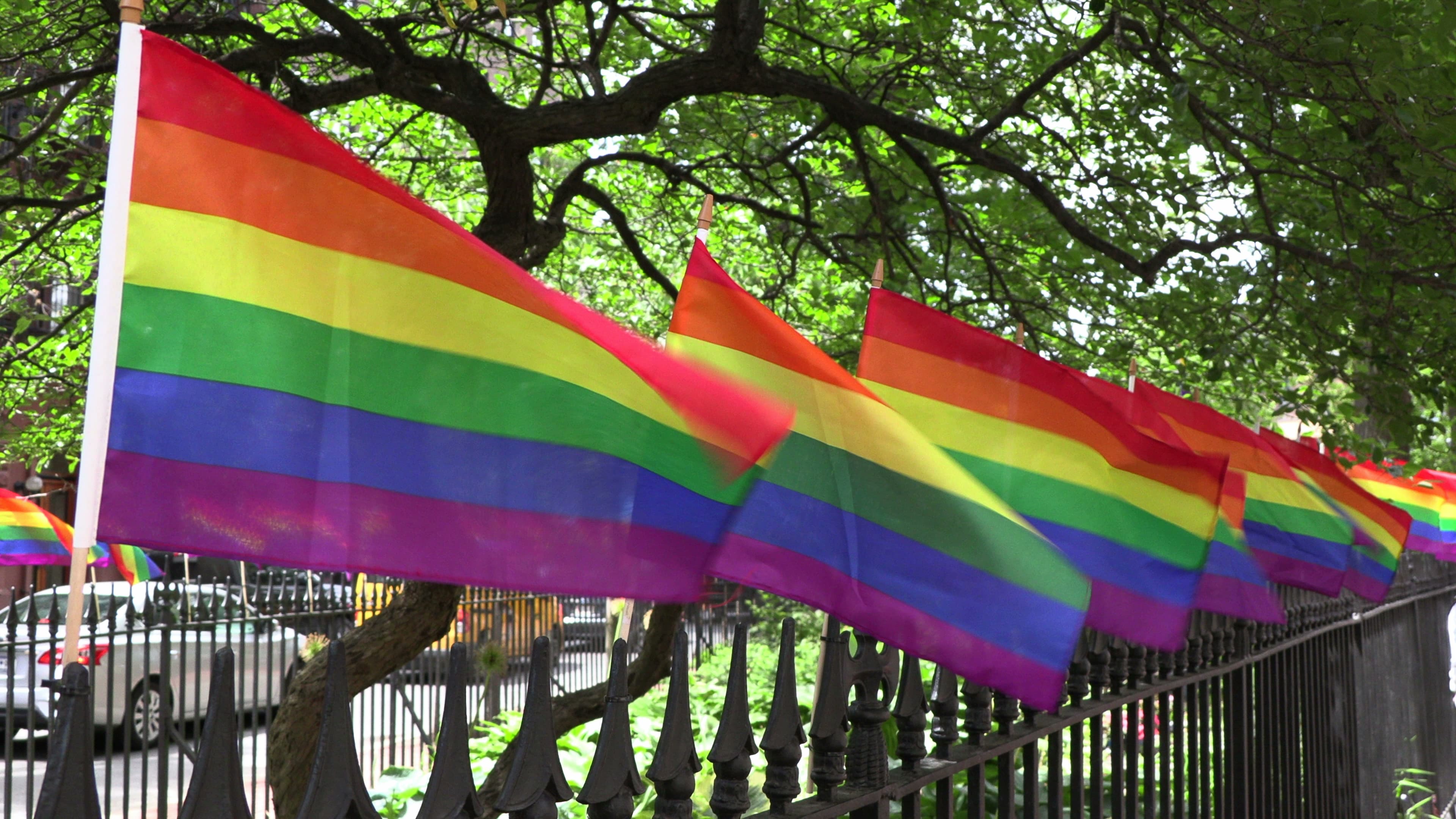
1897-1969
Gay Berlin
Berlin is a flourishing LGBTQ+ hub, often dubbed the ‘gay capital of Europe’. However, Berlin’s queer history must never be forgotten; it was the city that started the gay liberation movement and a city proud to have done so.
The 1969 Stonewall Riots in New York are often recognised as the birthplace of the modern LGBTQ+ civil rights movement. However, LGBTQ+ people had been fighting for acceptance and equality long before this.
Let's look much further back, to the 1870s and Germany, one of the first countries which saw a campaign for change in the treatment of LGBTQ+ people.
Download this month's resources to learn about the struggles of LGBTQ+ people in Germany's capital.
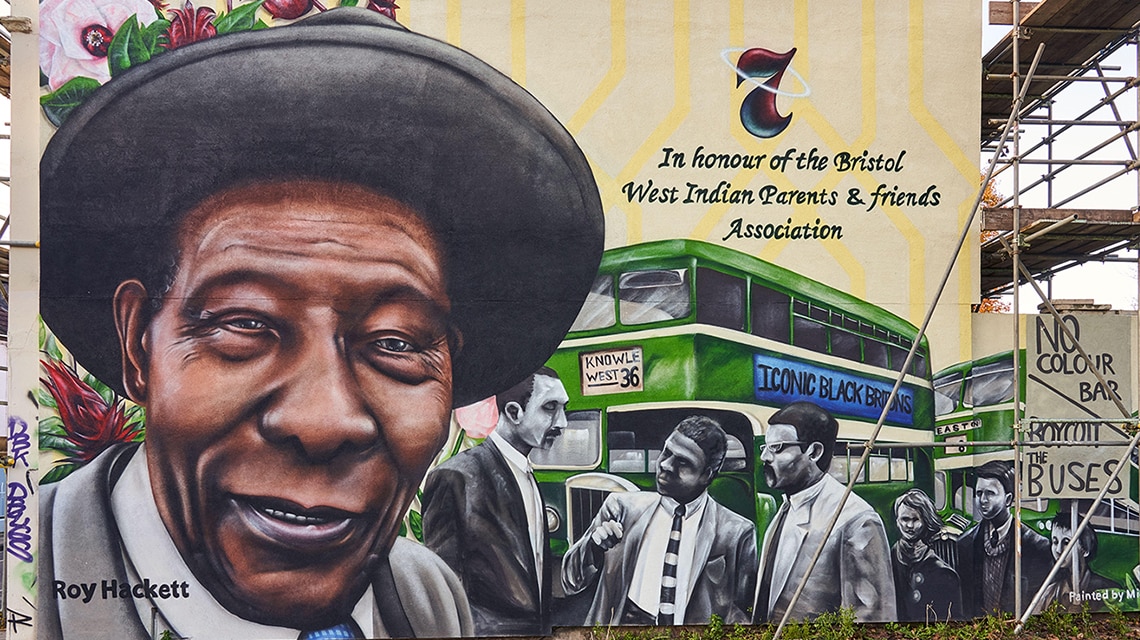
1963
Bristol Bus Boycott
One of the most important things in any just society is equal opportunities for everyone. Sadly, this hasn’t always been the case in Britain. In the years after the Second World War, Britain was changing, slowly but surely, into a multicultural society. However, many people found this uncomfortable.
In Bristol, the Transport and General Workers Union (TGWU) thought Black people were here “to take their jobs”. They announced no “coloured person” could work as bus driver or conductor in the city. The Bristol Omnibus Company agreed to support their decision. They thought no one would notice or care. They were very wrong. The protest against this would help change the city – and the country – forever.
Find out about the Bristol Bus Boycott, the legacy it left and how it influenced a change in the law that made lives better for people across the country.
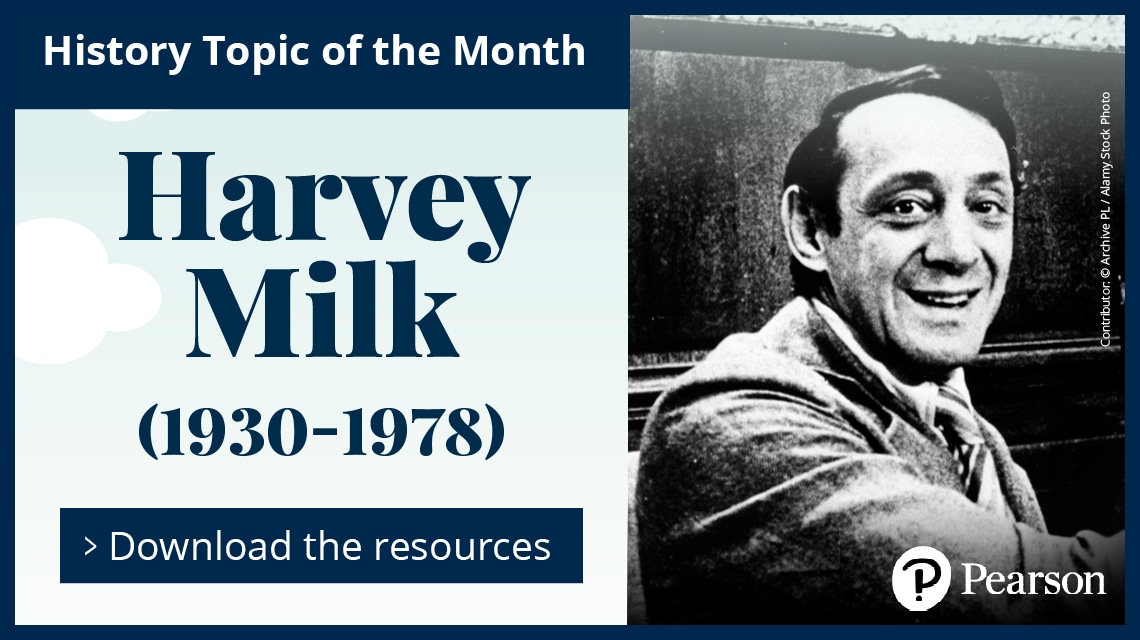
1930-1978
Harvey Milk
One of the first steps towards equality for any community is to get political representation. Harvey Milk was the first openly gay man to be elected to public office in California, and one of the first in the history of the United States. He came to office championing the rights of the LGBTQ+ community and determined to fight for better lives for everyone in his neighbourhood. He made a huge impact: he was passionate, articulate, and he spoke about “hope”. But he paid a heavy price: murdered in November 1978 by another politician. However, he is an icon for the LGBTQ+ community in America and a symbol of how we are stronger together than apart.
So, how did one man help to win rights and representation for his community?
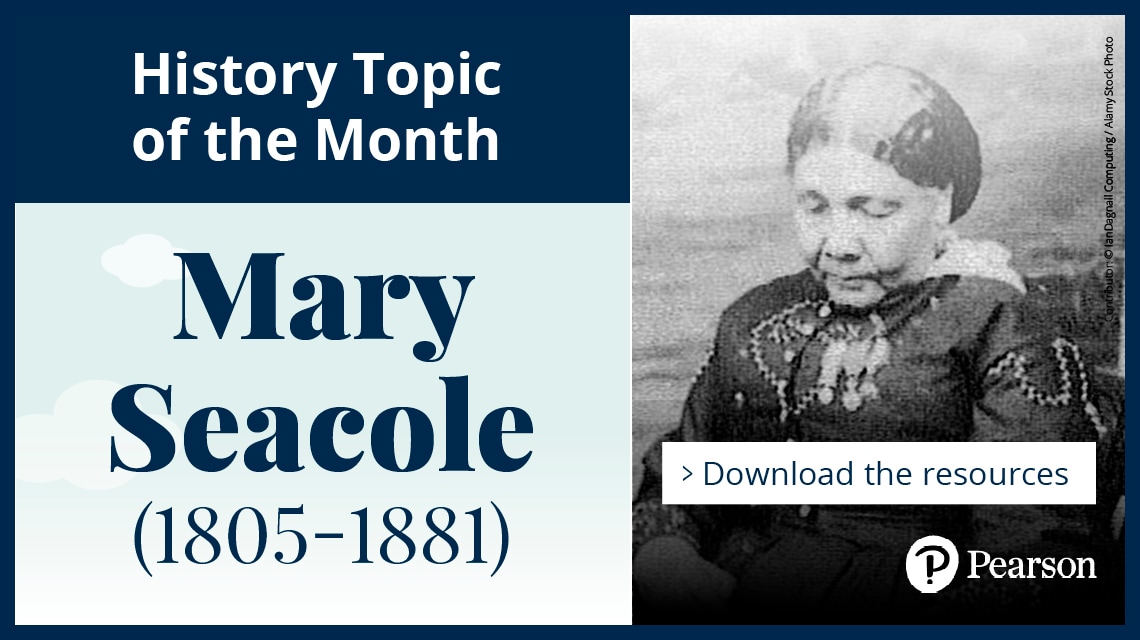
1805-1881
Mary Seacole
Mary Seacole crossed the world to help soldiers in their hour of need. She was the daughter of a Scottish Lieutenant in the British Army and a free woman of colour. Mary grew up in Jamaica (part of the British Empire) at a time when many people in the Caribbean were forced to work as enslaved people. Mary was proud not only of her Jamaican roots, but also considered herself British, calling herself ‘Creole’, a term many children of European settlers in the Caribbean used to describe themselves at that time.
So, why did one brave woman cross the world to help save lives?
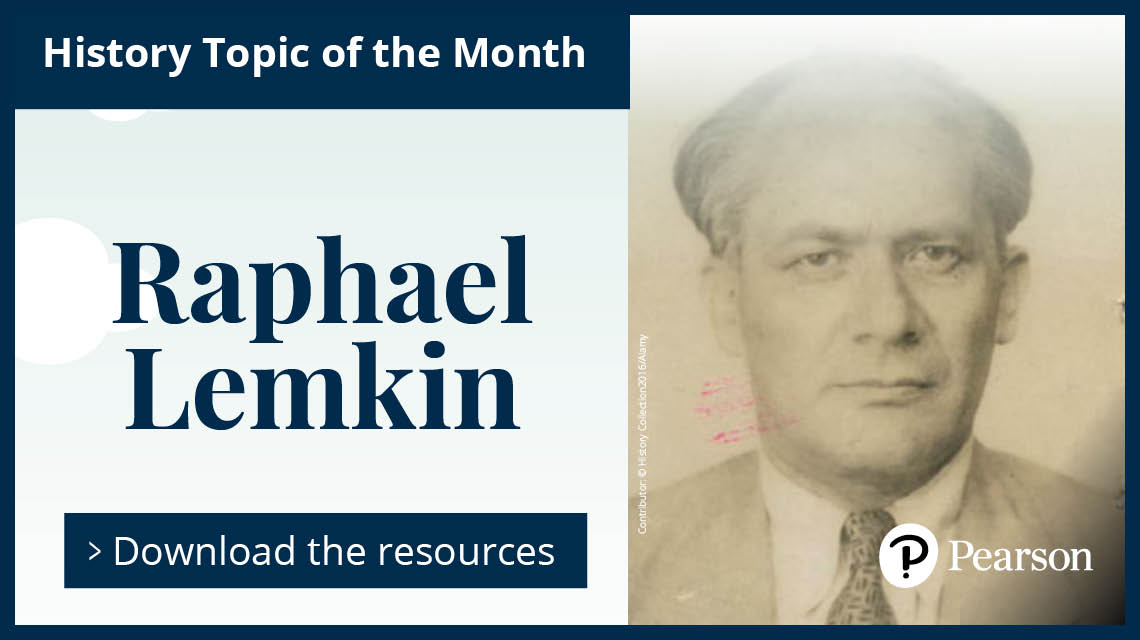
Raphael Lemkin
In the late 1940s, at a party in America, a bespectacled middle-aged man in a rather tatty suit asked the person he was talking to: ‘Genocide. What’s that?’ Both people laughed because the person asking was the person who had created the word…and fought for it to be recognised as the ‘crime of crimes’ after the Second World War. In fact, it was all he had thought and talked about for much of his life. So, what is ‘Genocide’? Who was this remarkable man? And why should we remember him today?
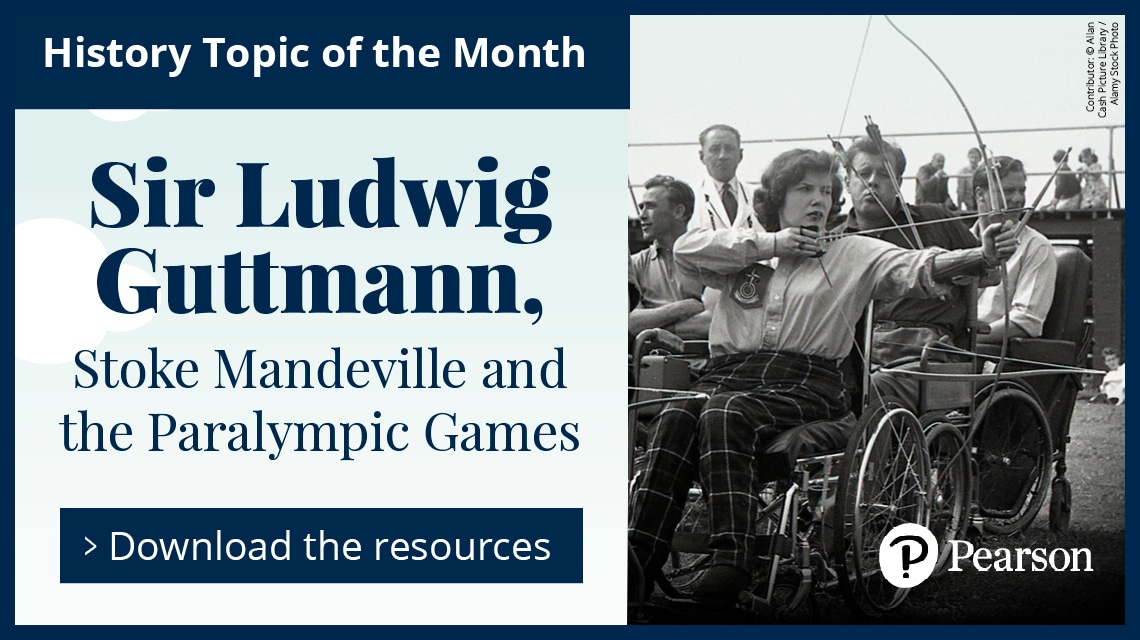
Sir Ludwig Guttmann, Stoke Mandeville and the Paralympic Games
UK Disability in History Month is an annual event running from 18 November to 18 December and celebrates the lives of disabled people in the past and present. In the past disability has often been viewed negatively, so it is important that we break existing stereotypes and focus on positive aspects of disability.
This month we feature Sir Ludwig Guttmann, a remarkable doctor, who greatly improved the lives of his patients living with life-altering spinal injuries. As part of his inspirational work, he created the Paraplegic Games that went onto become what we now call the Paralympic Games.
Download the free worksheet and posters to share with your class.
